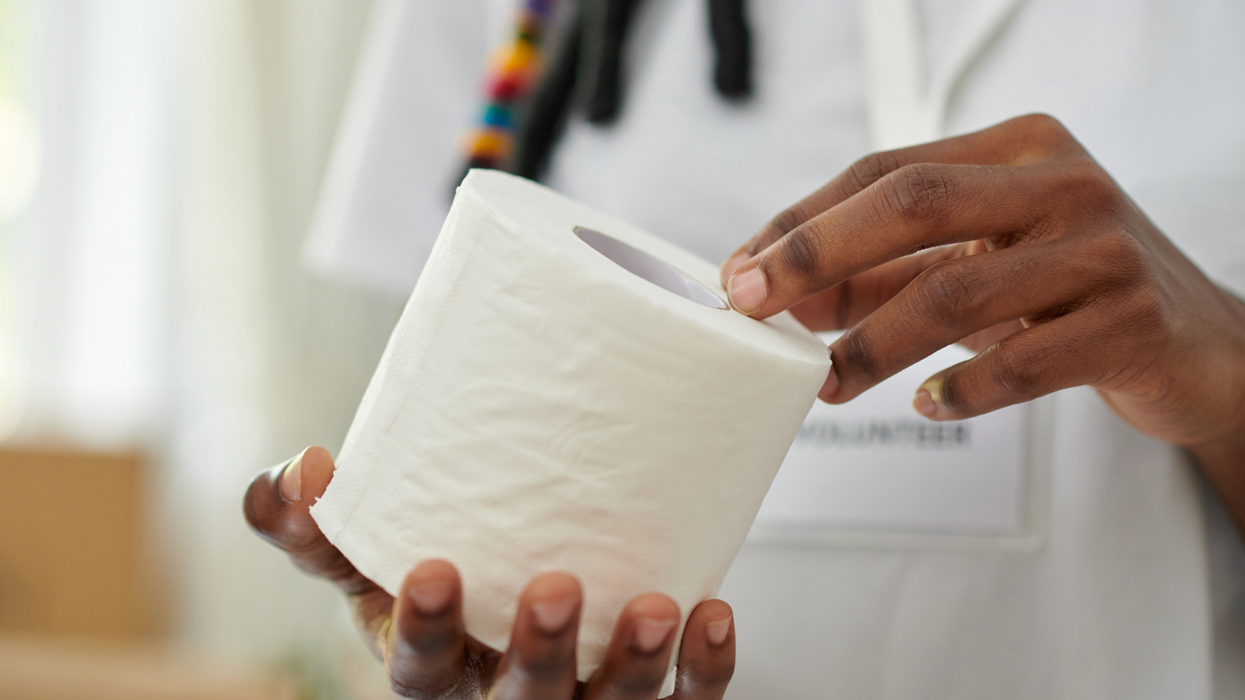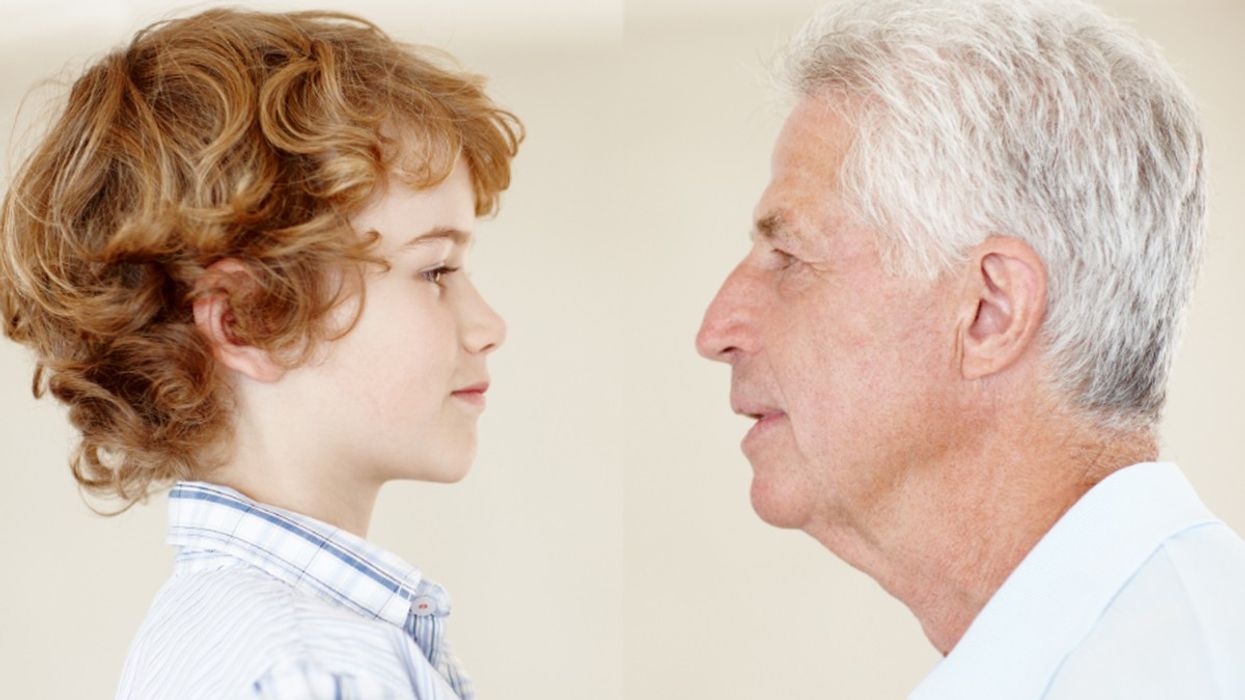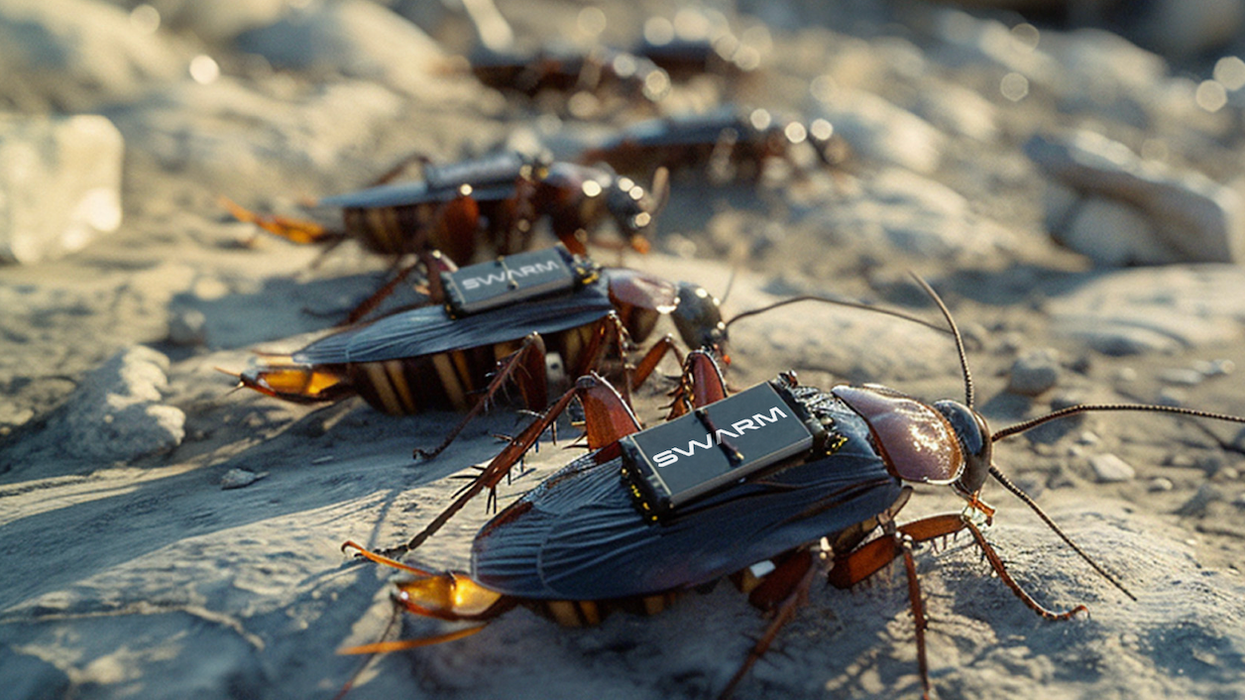The human brain, a marvel of complexity, holds immense volumes of information and remains one of the universe's most fascinating phenomena. Recently, a group of Harvard researchers teamed up with machine learning experts at Google to create the most elaborate brain maps, revealing some surprising details. They published their findings in the journal Science and also made the data accessible to the public online.

A typical “brain atlas” displays how the cells are organized or how genes are ordered. This new brain map focuses on connections between cells, a field called “connectomics.” Using wiring diagrams, scientists examined a tiny chunk of the brain in extraordinary detail. This brain fragment, taken from the cortex of a 45-year-old woman during epilepsy surgery, provided the tissue sample for their study.

To access a lesion in the patient’s hippocampus, a surgeon removed the tissue from the left anterior temporal lobe, a part of the brain that plays a role in our memory of objects, people, words, and facts. The brain sample was immersed in preservatives and stained with heavy metals. The team employed an electron microscope to map 5,000 tissue slices, each around 30 nanometres thick, which is less than 1,000 times thinner than the width of human hair.

Then the researchers captured the detailing of its innards using an electron microscope, down to the nanoscale, or millionth of a millimeter. After that, they utilized machine learning to stitch these slices together, constructing them in 3D and studying intriguing insights. The process took them approximately 11 months.
“The aim was to get a high-resolution view of this most mysterious piece of biology that each of us carries around on our shoulders,” Jeff Lichtman, the lead author of the study and biologist at Harvard University, told the Guardian. “The reason we haven’t done it before is that it is damn challenging. It was enormously hard to do this.” The map they analyzed measured a cubic millimeter of the brain, an area about half the size of a grain of rice. Despite its minuscule size, the map astonishingly held 1.4 million gigabytes of data. It comprised approximately 57,000 cells, 230 millimeters of blood vessels, and 150 million synapses. Lichtman called this interior world a “gigantic forest” full of magical marvels.
“I remember this moment, going into the map and looking at one individual synapse from this woman’s brain, and then zooming out into these other millions of pixels,” Viren Jain, a co-author of the study and neuroscientist at Google, told Nature News, “It felt sort of spiritual.”
The research data not only revealed the serpentine necklace of glowing neurons but also unfolded some surprises that researchers didn’t expect. “There were just so many things in it that were incompatible with what you would read in a textbook,” said Lichtman. They found neurons at certain sites connected by over 50 synapses. Typically, more than 96 percent of connections between neurons have just one synapse, and more than 99 percent have three or fewer synapses, per Google’s blog post. And so, finding 50 synapses was something uncommon.

Examination further revealed axons—message-transmitting threadlike tendrils —forming unusual knots. “Nobody had seen anything like this before,” exclaimed Jain. If this tiny fragment exhibited such bewitching a world, it’s no wonder what a full brain would reveal if examined. However, as for now, researchers are not even thinking about mapping a whole human brain as it is too complex.
Instead, they are looking forward to doing a project based on the brain wiring of a mouse brain. They hope this will shed light on the brain circuits that draw mice to Swiss cheese and humans to bakeries. “There are really wonderful opportunities, if you have a whole mouse brain, to get insight into free will, even,” said Lichtman. “You know, a mouse is not a robot.”

In the end, there is no limit to the possibilities that a human brain study could reveal. “It’s like being an explorer that lands on a new island,” said Lichtman. “You keep looking around and you’re just going to keep finding new things.”




















 A road near equatorial Atlantic OceanCanva
A road near equatorial Atlantic OceanCanva Waves crash against rocksCanva
Waves crash against rocksCanva
 Older woman drinking coffee and looking out the window.Photo credit:
Older woman drinking coffee and looking out the window.Photo credit:  An older woman meditates in a park.Photo credit:
An older woman meditates in a park.Photo credit:  Father and Daughter pose for a family picture.Photo credit:
Father and Daughter pose for a family picture.Photo credit:  Woman receives a vaccine shot.Photo credit:
Woman receives a vaccine shot.Photo credit: 
 Image artifacts (diffraction spikes and vertical streaks) appearing in a CCD image of a major solar flare due to the excess incident radiation
Image artifacts (diffraction spikes and vertical streaks) appearing in a CCD image of a major solar flare due to the excess incident radiation
 Brady Feigl in February 2019.
Brady Feigl in February 2019.
 Yonaguni Monument, as seen from the south of the formation.
Yonaguni Monument, as seen from the south of the formation. 